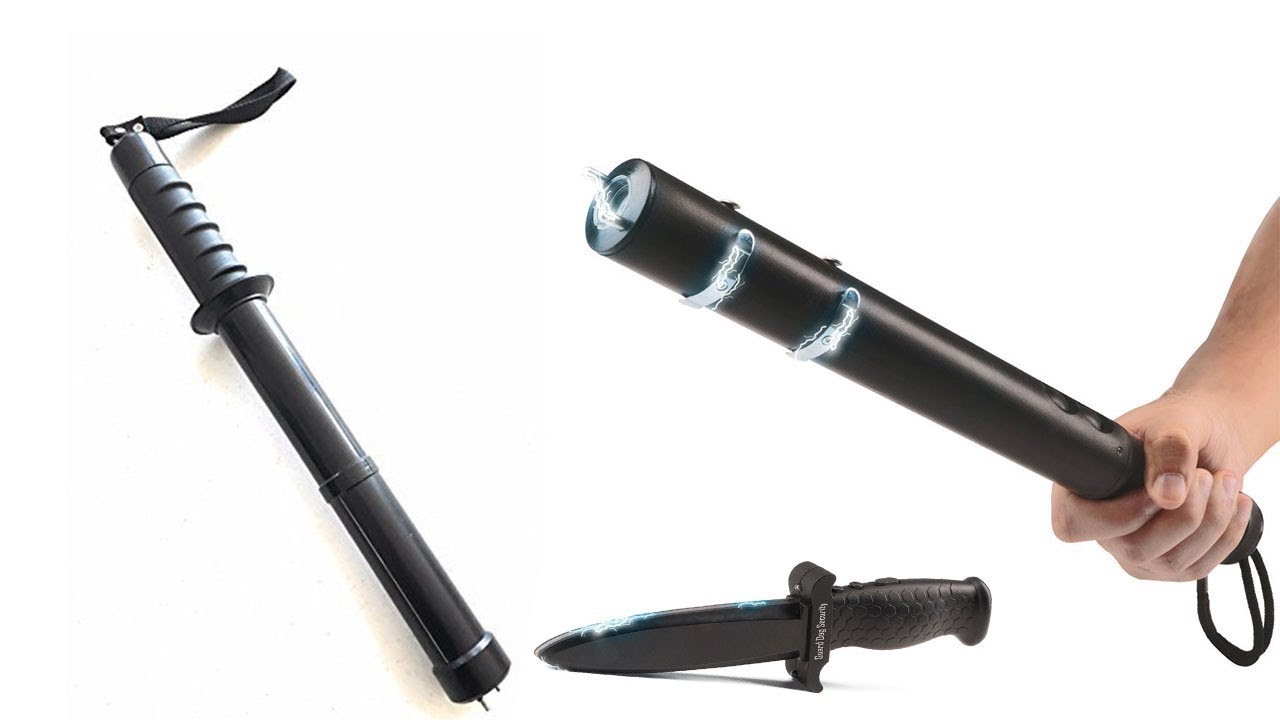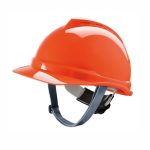I. Introduction

A. The importance of protection from harm In a world where potential risks and dangers exist, it is crucial for individuals to prioritize their personal protection. By being aware and proactive, individuals can ensure their safety and well-being.
B. Why personal protection is crucial for individuals’ safety and well-being Personal protection plays a vital role in safeguarding oneself from harm, both physical and psychological. It allows individuals to navigate their environments with confidence, reducing the risk of accidents, injuries, or victimization.
C. Overview of the article’s content This article will explore various aspects of personal protection, including understanding potential hazards and risks, personal protection measures for physical safety, strategies for digital protection, creating a safe home environment, and safety in public spaces. By highlighting effective methods and practical solutions, readers will gain insight into how to protect themselves and reduce potential risks.
II. Understanding Potential Hazards and Risks
A. Identifying common hazards in daily life

To effectively protect oneself, it is essential to recognize potential hazards that exist within daily life. These hazards can vary from environmental risks, such as slippery floors or extreme weather conditions, to physical risks like sharp objects or heavy machinery. Additionally, digital hazards, such as cyber threats and online scams, also require attention.
B. Assessing risks associated with each hazard
Once hazards are identified, it is essential to assess the severity and likelihood of harm associated with each. Understanding the risks involved can help individuals take appropriate precautions and develop strategies to minimize potential harm. Certain groups may be more vulnerable than others, requiring tailored protection measures.
III. Personal Protection Measures for Physical Safety
A. Self-Defense and Personal Safety Learning self-defense techniques equips individuals with the skills and knowledge to protect themselves in potentially dangerous situations. Techniques such as martial arts or basic self-defense moves can be invaluable.
Carrying personal safety devices, such as pepper spray or personal alarms, can provide an added layer of protection and a means to alert others in an emergency.
B. Protective Gear and Equipment Engaging in physical activities, sports, or work that involves potential risks necessitates the use of protective gear and equipment. Wearing helmets, knee pads, or other protective gear lowers the risk of injuries. In hazardous environments, safety equipment like goggles and gloves offer vital protection.
IV. Safeguarding against Digital Threats

A. Cybersecurity Measures
In the digital age, protecting oneself from cyber threats is crucial for personal safety and privacy. Implementing effective cybersecurity measures can prevent unauthorized access to personal information and mitigate the risk of identity theft, fraud, and other online crimes.
- Using strong, unique passwords and two-factor authentication: Creating strong and unique passwords for online accounts adds an extra layer of protection. Additionally, enabling two-factor authentication provides an additional level of security by requiring a second verification step, such as a code sent to a mobile device, to access an account.
- Regularly updating software and applying security patches: Keeping software, operating systems, and applications up to date helps to address vulnerabilities and weaknesses that cybercriminals might exploit. Regularly installing security patches and updates ensures that systems are equipped with the latest security defenses.
B. Online Privacy and Identity Protection
Protecting one’s online privacy and personal identity is crucial to prevent unauthorized access and misuse of personal information.
- Being cautious about sharing personal information online: Limiting the amount of personal information shared on social media platforms and other online platforms reduces the risk of identity theft and targeted attacks. It is essential to be mindful of privacy settings and only share information with trusted individuals or organizations.
- Utilizing virtual private networks (VPNs) and secure browsing practices: Using a VPN creates a secure and encrypted connection, protecting online activities from prying eyes. Additionally, practicing secure browsing habits, such as avoiding suspicious websites and verifying the legitimacy of online transactions, helps to minimize the risk of falling victim to phishing scams and malware.
V. Creating a Safe Home Environment

A. Fire Safety
Every home should prioritize fire safety to protect against potential hazards that can lead to property damage and harm to occupants.
- Installing smoke detectors and fire extinguishers: Smoke detectors play a crucial role in detecting early signs of fire, alerting residents, and giving them ample time to evacuate. It is vital to have functioning smoke detectors installed in key areas of the house and regularly test them. Additionally, having fire extinguishers readily accessible allows homeowners to extinguish small fires before they spread.
- Educating family members about fire safety procedures: Conducting regular family fire drills and discussing fire safety protocols with all members of the household ensures that everyone is well-prepared in the event of a fire. Familiarizing family members with escape routes, meeting points, and how to operate fire safety equipment is essential for everyone’s safety.
B. Home Security
Ensuring the security of one’s home is fundamental in preventing unauthorized access and protecting against potential threats.
- Installing security systems, alarms, and surveillance cameras: Implementing security systems equipped with alarms and surveillance cameras acts as a deterrent for potential burglars or intruders. These systems provide homeowners with real-time monitoring and the ability to record any suspicious activity.
- Securing doors, windows, and entrances to prevent unauthorized access: Reinforcing doors and windows with secure locks and installing deadbolts adds an extra layer of protection against forced entry. Additionally, ensuring that all entrances are well-lit and visible can discourage potential intruders.
VI. Safety in Public Spaces

A. Traveling Safety
Traveling, whether locally or internationally, requires caution and preparation to ensure personal safety and minimize potential risks.
- Researching and staying informed about potential dangers in travel destinations: Before traveling, researching the destination, including local customs, laws, and potential safety concerns, is essential. Staying informed about current events and advisories helps in making well-informed decisions and avoiding potentially dangerous situations.
- Taking precautionary measures while in transit: Personal safety should not be taken for granted while in transit. Precautionary measures such as securely locking doors, keeping valuables out of sight, and being aware of surroundings can significantly reduce the risk of theft or other crimes.
B. Personal Awareness and Vigilance
Maintaining personal awareness and vigilance is key to responding effectively to potential threats or dangerous situations.
- Trusting instincts and being aware of personal surroundings: Paying attention to one’s instincts and gut feelings can help in recognizing potentially dangerous situations. Being aware of one’s surroundings, especially in unfamiliar or crowded environments, aids in identifying any suspicious activities or individuals.
- Reporting suspicious behavior to authorities: If there is any suspicion of criminal activity or potential threats, it is crucial to report them to the appropriate authorities. This not only helps in ensuring personal safety but also contributes to the safety of the community as a whole.
In conclusion, safeguarding personal well-being and protection from potential hazards and threats require a comprehensive approach. By implementing measures such as cybersecurity practices, fire safety protocols, home security systems, and personal vigilance in public spaces, individuals can significantly reduce the risk of harm and enhance personal safety. Being proactive and informed is key to minimizing potential risks and ensuring a safe and secure environment.


